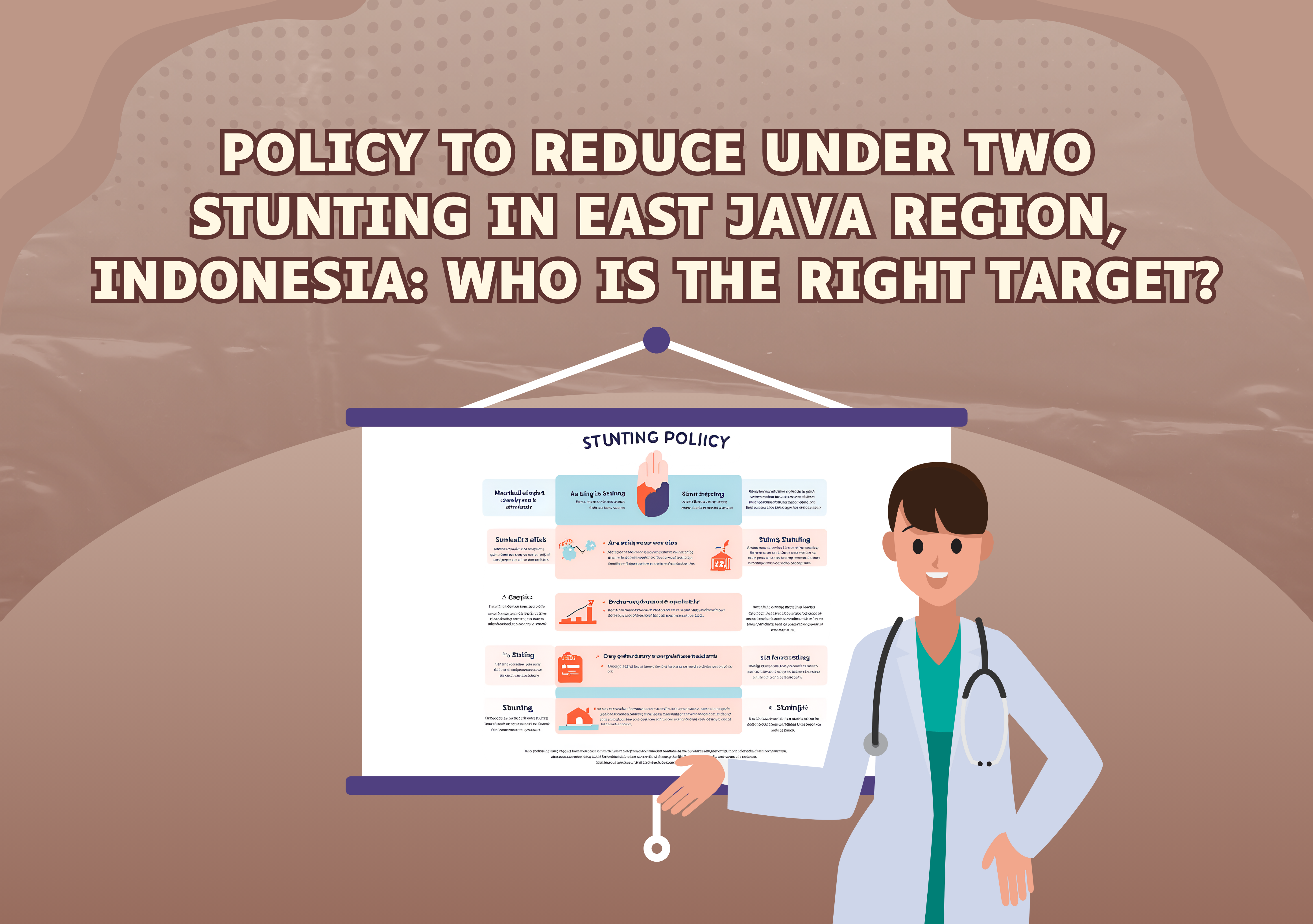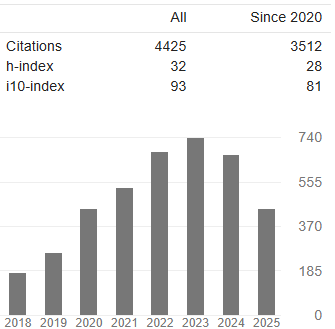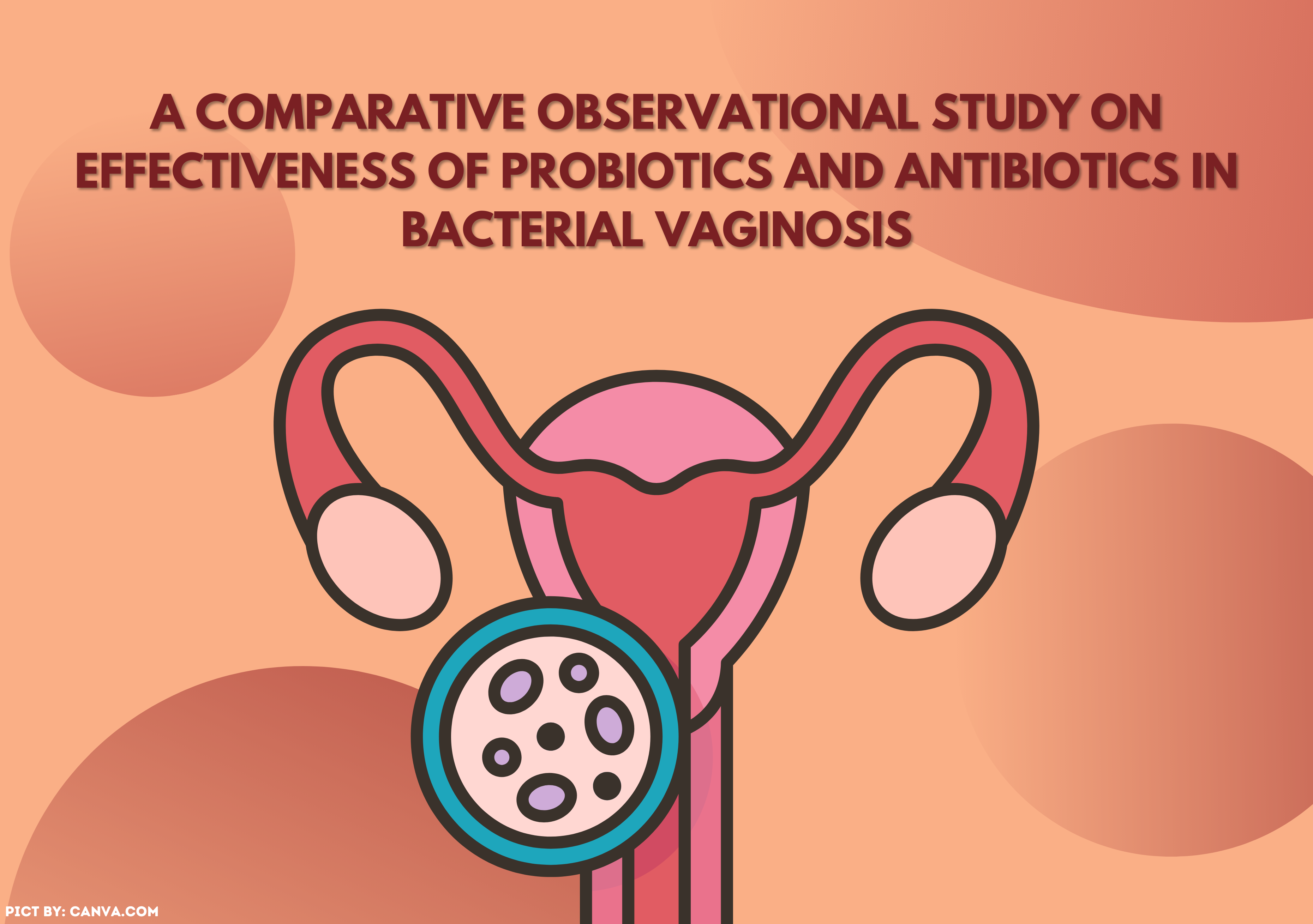POLICY TO REDUCE UNDER TWO STUNTING IN EAST JAVA REGION, INDONESIA: WHO IS THE RIGHT TARGET?

Introduction: Currently, 22% of children worldwide are stunted, and more than half live in Asia. Stunting in East Java is still high in several areas, which should have been prevented, given the relatively good resources. Aims: The study analyzes the policy targets for reducing stunting children in East Java. Methods: The study examined 4,541 children. The study analyzed nutritional status, residence, maternal (age, marriage, education, employment, socioeconomic, prenatal class), and child characteristics (age, gender, and early breastfeeding initiation (EIBF)). Results: Children in urban regions were likelier than those in rural regions to experience stunting. Stunted children were more prevalent among mothers of all ages compared to those <20. Lower education correlated with a greater likelihood of having stunted children. Stunted children were 2.410 times more prevalent among married mothers than divorced/widowed mothers (95%CI 2.292-2.534). Stunted infants were 1.062 times more prevalent among unemployed mothers compared to employed mothers (95%CI 1.050-1.075). All socioeconomic levels have a higher probability than the wealthiest to experience stunting. Mothers with prenatal classes were 1.088 times more likely than those without to have stunted kids (95%CI 1.073-1.103). Children aged 12-23 had a greater likelihood of developing stunting than those younger than <12. Boys were 1.286 times more likely than girls to experience stunting (95%CI 1.272-1.300). Children with EIBF had a 1.081 times higher likelihood of experiencing stunting than those without (95%CI 1.069-1.093). Conclusion: The appropriate policy targets for reducing the stunting prevalence were mothers in urban areas, young age, married, poor educated, unemployed, and poor.
Ahmed, M. et al. (2022) ‘The relationship between maternal employment and stunting among 6–59 months old children in Gurage Zone Southern Nation Nationality People’s region, Ethiopia: A comparative cross-sectional study’, Frontiers in Nutrition, 9. https://doi.org/10.3389/fnut.2022.964124
Alam, M.A. et al. (2020) ‘Impact of early-onset persistent stunting on cognitive development at 5 years of age: Results from a multi-country cohort study’, PLoS ONE, 15(1), p. e0227839. https://doi.org/10.1371/journal.pone.0227839
Amaha, N.D. and Woldeamanuel, B.T. (2021) ‘Maternal factors associated with moderate and severe stunting in Ethiopian children: analysis of some environmental factors based on 2016 demographic health survey’, Nutrition Journal, 20(1), Art 18. https://doi.org/10.1186/s12937-021-00677-6
Andayani, Q. et al. (2022) ‘Penta Helix “Golden Village” in the Commitment to Accelerate the Reduction of Stunting in Sumenep Regency, East Java Province (Penta Helix “Desa Emas” dalam Komitmen Percepatan Penurunan Stunting di Kabupaten Sumenep Provinsi Jawa Timur)’, Media Gizi Indonesia, 17(Special Issue), pp. 64–75. https://doi.org/10.20473/mgi.v17i1SP.64-75
Antika, C.S. et al. (2022) ‘The Role of the Socio-economic Level in the Utilization of Community Health Centers in Pasuruan -East Java in 2018 (Peran Tingkat Sosio-ekonomi dalam Pemanfaatan Puskesmas di Pasuruan-Jawa Timur Tahun 2018)’, BIOGRAPH-I: Journal of Biostatistics and Demographic Dynamic, 1(2), pp. 37–47. https://doi.org/10.19184/biograph-i.v2i1.30726
Apriluana, G. and Fikawati, S. (2018) ‘Analysis of Risk Factors of Stunting Among Children 0-59 Months in Developing Countries and Southeast Asia’, Media Penelitian dan Pengembangan Kesehatan, 28(4). https://doi.org/10.22435/mpk.v28i4.472
Aryastami, N.K. et al. (2017) ‘Low birth weight was the most dominant predictor associated with stunting among children aged 12–23 months in Indonesia’, BMC Nutrition, 3(1). https://doi.org/10.1186/s40795-017-0130-x
Ashar, H. et al. (2024) ‘Factors related to stunting in children under 2 years old in the Papua, Indonesia’, Saudi Medical Journal, 45(3), pp. 273–278. https://doi.org/10.15537/smj.2024.45.3.20230774
Budiarto, W. et al. (2021) ‘Ecological Relationship between Poverty and Nutritional Status of Toddler in Indonesia in 2018’, Indian Journal of Forensic Medicine and Toxicology, 15(4), pp. 2863–2869. https://doi.org/10.37506/ijfmt.v15i4.17135
Castro-Bedriñana, J., Chirinos-Peinado, D. and De La Cruz-Calderón, G. (2021) ‘Predictive model of stunting in the Central Andean region of Peru based on socioeconomic and agri-food determinants’, Public Health in Practice, 2(21), p. Article number 100112. https://doi.org/10.1016/j.puhip.2021.100112
Ghaffar, M.L.A. et al. (2022) ‘Local Wisdom in Pawon Urip for Stunting Prevention in Lumajang Regency, East Java (Kearifan Lokal dalam Pawon Urip untuk Pencegahan Stunting di Kabupaten Lumajang Jawa Timur)’, Media Gizi Indonesia, SP(1), pp. 257–263. https://doi.org/10.20473/mgi.v17i1SP.257-263
Hakimah et al. (2022) ‘The Dual Role of PAUD Teachers as Cadres in Efforts to Reduce Stunting (Peran Ganda Guru PAUD sebagai Kader dalam Upaya Penurunan Stunting)’, Media Gizi Indonesia, Special Is(17), pp. 244–249. https://doi.org/10.20473/mgi.v17i1SP.244-249
Harahap, D. and Afiyanti, Y. (2019) ‘Women’s experiences of the prenatal group class in Indonesia’, Enfermería Clínica, 29(Supplement 2), pp. 151–158. https://doi.org/10.1016/j.enfcli.2019.04.023
Ipa, M. et al. (2023) ‘Stakeholders’ Role in The Implementation of Stunting Management Policies in Garut Regency’, Indonesian Journal of Health Administration, 11(1), pp. 26–35. https://doi.org/10.20473/jaki.v11i1.2023.26-35
Januarti, L.F. and Hidayathillah, A.P. (2020) ‘Parenting Culture on The Role of Father in Prevention of Stunting in Toddler’, Babali Nursing Research, 1(2), pp. 81–90. https://doi.org/10.37363/bnr.2020.1211
Jones, A.D. et al. (2018) ‘Peri-Urban, but Not Urban, Residence in Bolivia Is Associated with Higher Odds of Co-Occurrence of Overweight and Anemia among Young Children, and of Households with an Overweight Woman and Stunted Child’, Journal of Nutrition, 148(4), pp. 632–642. https://doi.org/10.1093/jn/nxy017
Kurniasari, N.D., Susanti, E. and Surya, Y.W.I. (2022) ‘Women in Health Communication: The Role of the Family Assistance Team in Accelerating the Reduction of Stunting in East Java (Perempuan dalam Komunikasi Kesehatan: Peran Tim Pendamping Keluarga dalam Percepatan penurunan Stunting di Jawa Timur)’, Media Gizi Indonesia, Special Is(17), pp. 200–210. https://doi.org/10.20473/mgi.v17i1SP.200-210
Kusrini, I., Ipa, M. and Laksono, A.D. (2019) ‘“Is It true that the child is king?”: Qualitative Study of Factors Related to Nutritional Status of Children in West Lombok, Indonesia’, Indian Journal of Public Health Research and Development, 10(12), pp. 1729–1733. https://doi.org/10.37506/v10/i12/2019/ijphrd/192113
Kusrini, I. and Laksono, A.D. (2020) ‘Regional disparities of stunted toddler in Indonesia’, Indian Journal of Forensic Medicine and Toxicology, 14(3), pp. 1685–1691. https://doi.org/10.37506/ijfmt.v14i3.10706
Kusumawardani, H.D. et al. (2023) ‘Stunting Among Children Under Two Years in the Islands Areas: A Cross-sectional Study of the Maluku Region in Indonesia, 2021’, Journal of Research in Health Sciences, 23(4), p. e00597. https://doi.org/10.34172/jrhs.2023.132
Laksono, A.D. et al. (2021) ‘The effects of mother’s education on achieving exclusive breastfeeding in Indonesia’, BMC Public Health. 2021/01/07, 21(1), p. 14. https://doi.org/10.1186/s12889-020-10018-7
Laksono, A.D., Sukoco, N.E.W., et al. (2022) ‘Factors Related to Stunting Incidence in Toddlers with Working Mothers in Indonesia’, International Journal of Environmental Research and Public Health, 19(17), p. 10654. https://doi.org/10.3390/ijerph191710654
Laksono, A.D., Wulandari, R.D., et al. (2022) ‘Stunting among children under two years in Indonesia: Does maternal education matter?’, PLoS ONE, 17(7), p. e0271509. https://doi.org/10.1371/journal.pone.0271509
Laksono, A.D. and Kusrini, I. (2020) ‘Ecological Analysis of Stunted Toddler in Indonesia’, Indian Journal of Forensic Medicine & Toxicology, 14(4), pp. 1–7.
Laksono, A.D. and Megatsari, H. (2020) ‘Determinants of Stunting Toddlers in East Java: Analysis of Nutrition Status Monitoring Data 2017 (Determinan Balita Stunting di Jawa Timur: Analisis Data Pemantauan Status Gizi 2017)’, Amerta Nutrition, 4(2). https://doi.org/10.20473/amnt.v4i2.2020.109-115
Laksono, A.D., Megatsari, H. and Yoto, M. (2019) ‘Empowered Healthy Village Participatory Action Research (Riset Aksi Partisipatif Desa Sehat Berdaya)’, in B. Suyanto (ed.) Connecting the Unconnected, Empowered Healthy Village Participatory Action Research. Surabaya: Health Advocacy, pp. 19–50. https://doi.org/10.31227/osf.io/wmh48
Lubna Naz, K.K.P. (2020) ‘Decomposing socioeconomic gap in chronic malnutrition among preschool children in Pakistan’, Children and Youth Services Review, 119. https://doi.org/10.1016/j.childyouth.2020.105583
Maghfiroh, M.S. and Laksono, A.D. (2020) ‘“Given sugar water ... at first the cry became silent, because it was full, not limp, its endurance increased”; Study of Patterns of Infant Intake (“Diberi air gula… awalnya nangis menjadi diam, karena kenyang, gak lemas, daya tahan tubuhnya meningkat”; S’, Amerta Nutrition, 4(2), pp. 116–122. https://doi.org/10.20473/amnt.v4i2.2020.116-122
Mutasa, K. et al. (2022) ‘Stunting Status and Exposure to Infection and Inflammation in Early Life Shape Antibacterial Immune Cell Function Among Zimbabwean Children’, Frontiers in Immunology, 13. https://doi.org/10.3389/fimmu.2022.899296
Nafiah, I. and Wardhani, E.D. (2022) Provincial Government Financial Statistics 2021-2022 (Statistik Keuangan Pemerintah Provinsi 2021-2022). Jakarta.
Paramita, A. et al. (2022) ‘Does the Proximity of the Area Affect in Incidence of Stunting? : Study on Densely Populated Provinces in Indonesia’, Indian Journal of Forensic Medicine and Toxicology, 16(3), pp. 131–140. https://doi.org/10.37506/ijfmt.v16i3.18257
Pratita, I. and Laksono, A.D. (2020) ‘“If this child eats, whatever she/he is asked ...”: Exploration of Value of Children and Parenting Patterns in Javanese in the Besowo village, Kediri, East Java’, Amerta Nutrition, 4(2), p. 147. https://doi.org/10.20473/amnt.v4i2.2020.147-154
Raj, E. et al. (2022) ‘Systematic review to evaluate a potential association between helminth infection and physical stunting in children’, Parasites and Vectors. BioMed Central Ltd. https://doi.org/10.1186/s13071-022-05235-5
Ridwanah, A.A. et al. (2021) ‘Factors Related to Stunted in East Java Province in 2019: An Ecological Analysis’, Medico-Legal Update, 21(2), pp. 230–235. https://doi.org/10.37506/mlu.v21i2.2678
Rohmah, N. et al. (2022) ‘Factors related to low birth weight in Indonesia’, Malaysian Journal of Nutrition, 28(2), pp. 253–261. https://doi.org/10.31246/mjn-2021-0123
Rohmah, N. and Laksono, A.D. (2023) ‘Relationship between family support, personal communication, shared decision making, and breastfeeding in low birth weight babies’, Health Care For Women International, Online ahead of print. https://doi.org/10.1080/07399332.2023.2190592
Supadmi, S. et al. (2024) ‘Factor related to stunting of children under two years with working mothers in Indonesia’, Clinical Epidemiology and Global Health, 26(2024), p. 101538. https://doi.org/10.1016/j.cegh.2024.101538
Suratri, M.A.L. et al. (2023) ‘Risk Factors for Stunting among Children under Five Years in the Province of East Nusa Tenggara (NTT), Indonesia’, International Journal of Environmental Research and Public Health, 20(2), p. 1640. https://doi.org/10.3390/ijerph20021640
Tamir, T.T. et al. (2022) ‘Applied nutritional investigation spatial variation and determinants of stunting among children aged less than 5 y in Ethiopia: A spatial and multilevel analysis of Ethiopian Demographic and Health Survey 2019’, Nutrition, 103–104, p. 111786. https://doi.org/10.1016/j.nut.2022.111786
The Ministry of Health of The Republic of Indonesia (2023) The Results of 2022 Indonesian Nutritional Status Survey (Hasil Survei Status Gizi Indonesia 2022), SSGI 2022. Jakarta.
Thurstans, S. et al. (2020) ‘Boys are more likely to be undernourished than girls: a systematic review and meta-analysis of sex differences in undernutrition’, BMJ Global Health, 5(12), p. e004030. https://doi.org/10.1136/bmjgh-2020-004030
UNICEF and WHO (2018) Capture the Moment–Early initiation of breastfeeding: The best start for every newborn.
UNICEF, WHO and World Bank (2021) Levels and Trends in Child Malnutrition: UNICEF/WHO/The World Bank Group Joint Child Malnutrition Estimates: Key Findings of The 2021 Edition. Washington DC.
World Health Organization (2015) Stunting in a nutshell, News. Geneve: World Health Organization.
World Health Organization (2019) WHA Global Nutrition Targets 2025: Stunting Policy Brief. Geneva.
Wulandari, R.D., Laksono, A.D., Prasetyo, Y.B., et al. (2022) ‘Socioeconomic Disparities in Hospital Utilization Among Female Workers in Indonesia: A Cross-Sectional Study’, Journal of Primary Care & Community Health, I3(2), pp. 1–7. https://doi.org/10.1177/21501319211072679
Wulandari, R.D., Laksono, A.D., Kusrini, I., et al. (2022) ‘The Targets for Stunting Prevention Policies in Papua, Indonesia: What Mothers’ Characteristics Matter?’, Nutrients, 14(3), p. 549. https://doi.org/10.3390/nu14030549
Wulandari, R.D. and Laksono, A.D. (2023) ‘Factors Related to Stunted Toddlers in Eastern Indonesia’, Jurnal Keperawatan Indonesia Timur (East Indonesian Nursing Journal), 3(1), pp. 1–10.
Yoto, M. et al. (2020) Social Determinants of Stunting Countermeasures: Participatory Action Research in Healthy Villages Empowered by Stunting Countermeasures (Determinan Sosial Penanggulangan Stunting: Riset Aksi Partisipatif Desa Sehat Berdaya Fokus Penanggulangan Stunting). Edited by S. Sumarmi. Surabaya: Health Advocacy.
Yunifar, A.T., Kusbandrijo, B. and Puspaningtyas, A. (2023) ‘Collaborative Governance in the Implementation of Perwali No 79 of 2022 concerning Accelerating the Reduction of Stunting in the City of Surabaya. PRAJA Obs J Public Adm Researcher (Collaborative Governance pada Penerapan Perwali No 79 Tahun 2022 Tentang ’, PRAJA Observer: Jurnal Penelitian Administrasi Publik, 3(4), pp. 254–264.
Copyright (c) 2024 The Indonesian Journal of Public Health

This work is licensed under a Creative Commons Attribution-NonCommercial-ShareAlike 4.0 International License.
- The authors agree to transfer the transfer copyright of the article to The Indonesian Journal of Public Health effective if and when the paper is accepted for publication.
- Authors and other parties are bound to the Creative Commons Attribution-NonCommercial-ShareAlike 4.0 International License for the published articles, legal formal aspect of journal publication accessibility refers to Creative Commons Attribution-NonCommercial-ShareAlike 4.0 International License (CC BY-NC-SA), implies that:
- Attribution ” You must give appropriate credit, provide a link to the license, and indicate if changes were made. You may do so in any reasonable manner, but not in any way that suggests the licensor endorses you or your use.
- NonCommercial ” You may not use the material for commercial purposes.
- ShareAlike ” If you remix, transform, or build upon the material, you must distribute your contributions under the same license as the original.































